One-On-One With Charles Glass
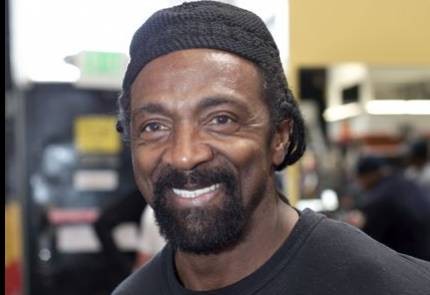
In this in-depth, pull-no-punches interview, Charles Glass throws down with MUSCLE INSIDER and talks about the current state of pro bodybuilding, the best he’s ever worked with and much, much more!
MUSCLE INSIDER:
Besides being known as one of the most famous trainers in bodybuilding, you’re also well known for manipulating exercise techniques and form to better target muscle groups. What a lot of people don’t know is that you have a degree in engineering. Has your formal training helped you develop these techniques?
CHARLES:
Well, it’s pretty much trial and error. You go into a gym, and you’re looking at a piece of equipment. You think to yourself, “There has to be a better way of using this. Why should I use this the same way that everyone else is using it to get the same results? How can I make it better?” That mindset: the “‘How can I make it better?” That’s what it is.
MUSCLE INSIDER:
Of all the pro bodybuilders you’ve trained, who do you think had the best genetics?
CHARLES:
One of my most successful clients was Flex Wheeler. I mean, he just really turned it up a notch. Now, you can’t exclude Chris Cormier, and you can’t exclude Paul Dillett. You’re talking about guys who’ve had really good genetics. Paul had everything going. He had no missing body parts. His back could’ve been a lot better, but he had a back. It’s just a matter of what era. Now I’m training a guy from France named Lionel Beyeke. He has unbelievable symmetry. His structure is on target. It’s just a matter of getting his skin thin.
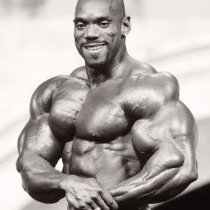
MUSCLE INSIDER:
If you were to talk to a teenage bodybuilding competitor trying to win a state show, what tips would you give him?
CHARLES:
One of the biggest secrets to doing well in this game is to prevent overtraining. You’ve also got to look at yourself and assess your physique the right way. Figure out what your weak body parts are and try to improve those first to make them stronger.
MUSCLE INSIDER:
When you’re working with clients, one of the things I’ve always admired about you is that you were able to dissect the bodybuilder and pull out his weak parts. How do you do that? Walk us through the process and tell us what you do to determine what they need to do in the gym.
CHARLES:
What I normally do is take a guy to the room and look at him, have him strip down, and have him do the mandatory poses first. We do the quarter turn, and then we start putting him through all the poses: front double biceps, lat spread, side chest, triceps, etc. We just go through all of them. Then, as we put them through the poses, I keep a chart with me, and I’ll start marking certain areas that I’ll target – 1 to 20. I’ll start marking on the chart which ones I consider the weakest, that being number one, and then I’ll go from there. In this way I’ll go back, and I’ll start thinking of exercises to help that body part.
MUSCLE INSIDER:
Who was the hardest training bodybuilder that you ever trained, and who had the best work ethic?
CHARLES:
Chris Cormier. You’ve got to understand. I trained Chris Cormier, Flex Wheeler, and Paul Dillett, all at the same time! They all worked together. I mean, that was war because no one wanted to lose, and they would train till they made each other throw up. That’s how hard they would train. Everyone always put this rap on Paul that he never trained hard. That’s not true! Paul trained REAL hard. He had an asthma problem, so sometimes he would take a
rest and get a little air, but he never quit. That’s what I really liked about the guy. He never quit!
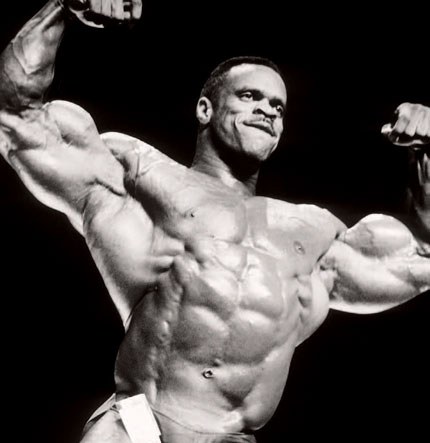
MUSCLE INSIDER:
Not a lot of people know that, and I think that’s important for us to get out there. Paul’s got such a bad rap for being the guy we all saw pictures of in MuscleMag with the cell phone while he was doing leg extensions.
CHARLES:
But the thing is, he could be on the phone right then because that was our warm-up; that wouldn’t even count as a set for us. You warm your legs up, and now you’re ready to train. That’s when everything else gets put away, and we’re ready to hit it. I mean, whatever it took to do it, he would do it. Paul trained hard.
MUSCLE INSIDER:
This year Jay Cutler came in with the best conditioning he’s ever had. Do you think the mass monsters are going to dominate the sport in the next five years?
CHARLES:
What is a mass monster? You could be 6 ‘4” and weigh 300 pounds, and that’s still not a mass monster. That’s a big guy. But you can’t be a 5 ‘9” guy and weigh 300 pounds, because your proportions have to be off somewhere. You’re going to start looking blockier. I think that they’re going to start accepting more of the guy who has an aesthetic look, because that’s more pleasing. It’s aesthetic when every muscle flows into the next. You don’t have to be a mass monster. You just have to be a really big guy who has great proportion.
MUSCLE INSIDER:
If you could only do one exercise for each one of these body parts, what would it be?
CHARLES:
| BICEPS | PREACHER CURL |
| TRICEPS | OVERHEAD EXTENSION |
| UPPER BACK | HAMMER, UPPER LAT PULL |
| QUADS | SQUATS |
| CHEST | BENCH PRESS |
| SHOULDERS | SHOULDER PRESSES |
| CALVES | STANDING CALF MACHINE |
| ABS | HANGING LEG RAISES |
MUSCLE INSIDER:
What is the first word that comes to mind when you hear the names of these bodybuilders?
CHARLES:
| DORIAN YATES | BACK |
| PAUL DILLETT | LEGS |
| FLEX WHEELER | QUADS |
| JAY CUTLER | ABS |
| DEXTER JACKSON | DELTS |
| BRANCH WARREN | QUADS |
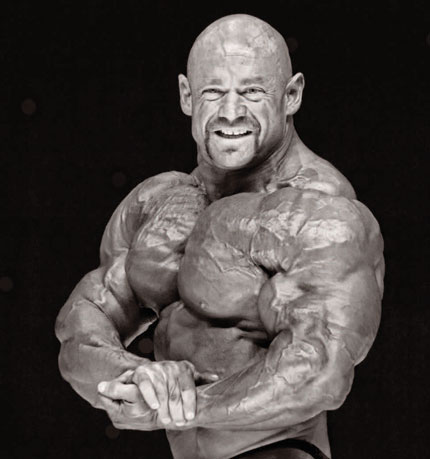
MUSCLE INSIDER:
Do you think the introduction of the two weight classes is good for bodybuilding in the men’s side?
CHARLES:
Let me put it this way. It hurts the 202 guys, but now they don’t have to try to get as big. The negative thing is the 202s have no prize money. It’s so low that it hurts them, so now they don’t know what to do. The 202s never get any recognition at all, but some of those 202 guys can beat some of the guys who place 5th or 6th at the Olympia. However, now 5th or 6th place is going to make more
money than the winner of the 202. People pay to see monsters on stage; 202 is not a monster. You look at him and say, “Ok, he looks good.” That’s it. Look at Branch Warren. How tall would you say he is?
MUSCLE INSIDER:
He’s 5´8˝, 5´7½˝.
CHARLES:
Okay, so 5´7½˝ at 245. Now, is that typical? No. Look at Kevin English. Off season he weighs 265, and he dieted down to 202. Come on. See a difference? That guy could compete in any class he wanted to in an open contest. David Henry, same thing. Look at the proportions of this guy. When he was competing in the open, he was placing at the shows. You could go in a regular show and into the open and win $10,000, and then go to the Olympia and only win $5,000. There’s no way. You don’t want to do that. So that’s why guys try to go into the open and take their chances.
MUSCLE INSIDER:
Do you think that Phil Heath has what it takes to be an Olympian?
CHARLES:
I think he can do well, but can he hold it? I don’t know, because he’s not a real wide person. His clavicles are narrow, so how much weight can he really put on? He looks sometimes like he’s a blown-up tight person, and once he starts to fade, it’s obvious he fades faster and faster and faster, and it gets hard for him to keep it together. So, he does have potential, but he has to get it on the money, and he has to be able to hold it all the way through.
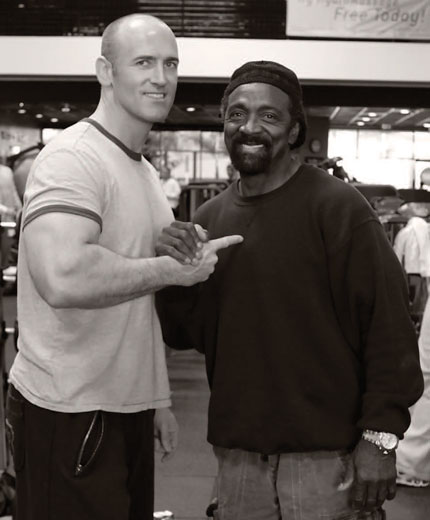
MUSCLE INSIDER:
What’s the biggest frustration with training the pros?
CHARLES:
When you’re working with the pros, they don’t want you to work with anyone else but them. They think you’re going to push the next guy harder than you’re pushing them. They don’t understand that whatever they put in, they’ll get out. If you bring 100%, you’ll get 100% out of it. I can take you there, but it’s up to you to get it. I can’t
get it for you.

